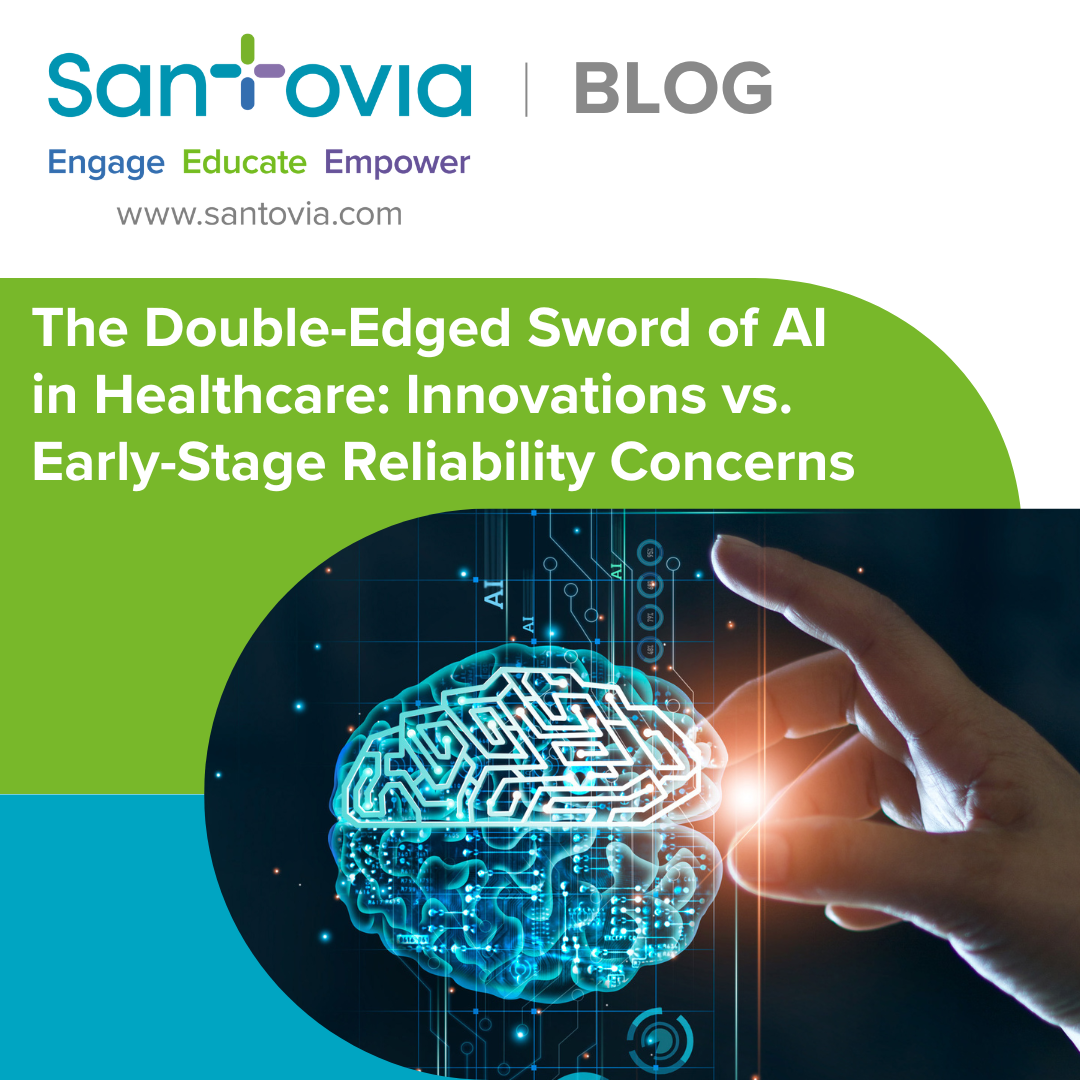In the quickly evolving landscape of healthcare, artificial intelligence (AI) emerges as a significant innovation, promising to redefine patient care in unique ways. From enhancing diagnostic accuracy to personalizing treatment plans, AI’s potential to improve health outcomes and streamline operations is significant. However, as we navigate this new form of technology, it’s crucial to acknowledge the double-edged sword that AI represents—where groundbreaking innovations are tempered by early-stage reliability concerns.
AI’s Innovative Impact on Healthcare
AI’s innovations in healthcare are nothing short of revolutionary. Through advanced algorithms, AI assists in diagnosing diseases with precision once thought unattainable. For instance, AI-driven tools are enabling earlier and more accurate detection of cancers, heart disease, and diabetic retinopathy, potentially saving countless lives by catching diseases in their early stages. Beyond diagnostics, AI is tailoring patient care to the individual, leveraging extensive datasets to predict the most effective treatments.
Furthermore, AI simplifies administrative tasks that have long burdened healthcare systems. By automating processes like patient scheduling, billing, and record-keeping, AI is freeing up healthcare professionals to focus on what they do best—caring for patients.
Navigating Early-Stage AI Reliability Concerns
Despite these advances, the journey of integrating AI into healthcare is peppered with reliability concerns associated with early-stage technologies. One of the most pressing issues is data bias. AI systems learn from large datasets, and if these datasets contain biases—whether due to historical inequalities in healthcare access or skewed representation—AI applications can enable these biases, leading to gaps in patient care.
Another significant challenge is the lack of transparency and explainability in AI decisions. The “black box” nature of many AI systems makes it difficult for healthcare providers to understand how AI arrives at certain conclusions, raising ethical questions and potentially undermining trust in AI-assisted decisions.
Furthermore, there are also many regulatory and integration challenges to consider. Ensuring that AI applications meet stringent medical regulations and seamlessly integrate with existing healthcare systems poses significant hurdles, delaying the widespread adoption of potentially life-saving technologies.
The Path Forward
The path forward requires a balanced approach, acknowledging the transformative potential of AI in healthcare while carefully addressing its reliability and ethical concerns. Developing strong testing frameworks for AI systems before their clinical adoption is vital. These frameworks must rigorously evaluate AI applications for accuracy, fairness, and safety in diverse patient populations.
Ensuring ethical AI use is another critical step. This involves not only refining algorithms for greater fairness but also encouraging diversity in the teams developing AI solutions, ensuring that a broad spectrum of perspectives shapes AI development.
Collaboration between AI developers and healthcare professionals is essential to tailor AI tools to the unique needs of patient care. These partnerships can bridge the gap between technological potential and practical healthcare delivery, ensuring that AI serves as a supportive tool rather than a disruptive force.
Conclusion
As we stand on the edge of a healthcare transformation powered by AI, it’s clear that the road ahead is both promising and challenging. By embracing innovation while thoroughly addressing early-stage reliability concerns, we can apply AI to create a future where technology and human expertise converge to offer top-notch patient care.
